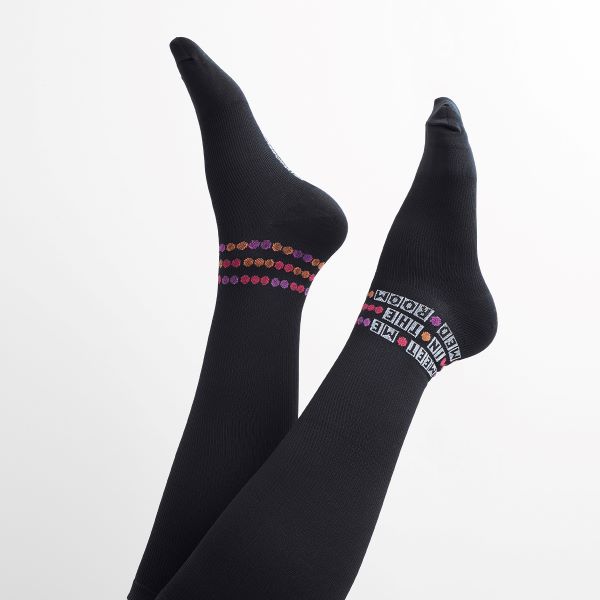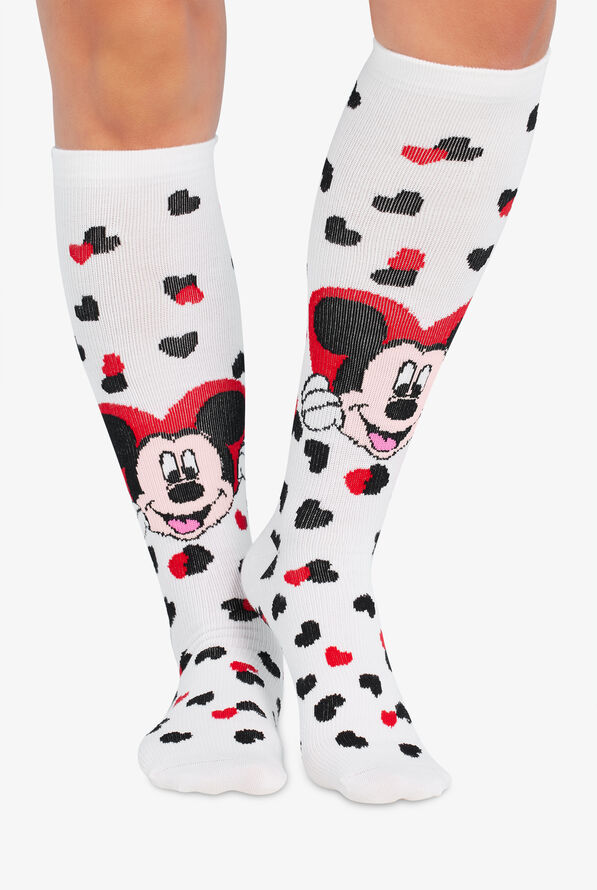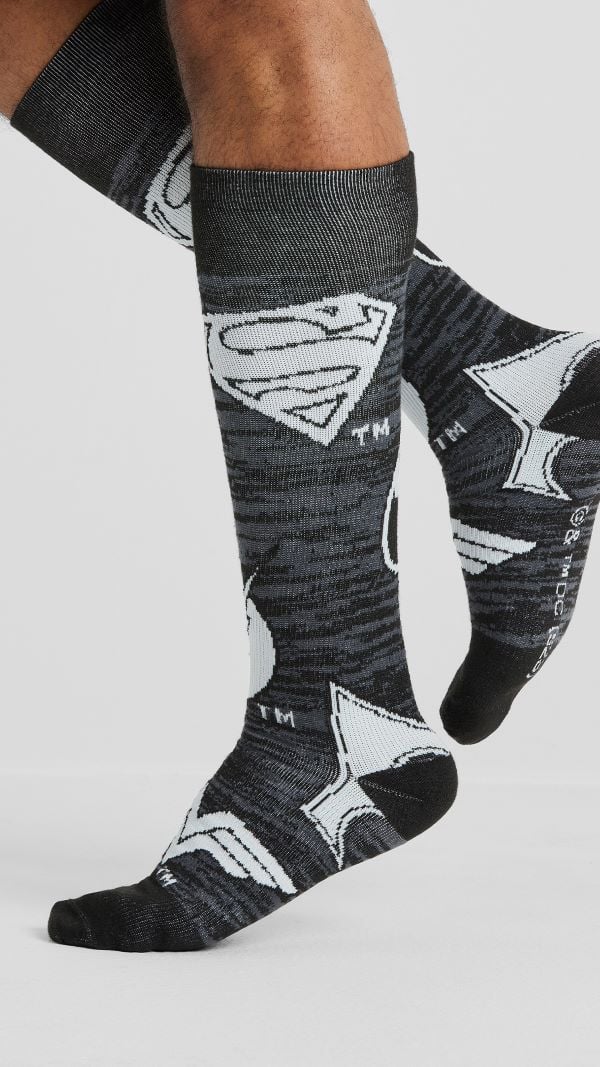The Importance of Proper Compression in Nursing Socks
January 4, 2024
By: Angela White
Nursing professionals are no strangers to the demanding and dynamic nature of their work. Long hours spent on their feet, constant movement, and the risk of developing circulatory issues make it imperative for nurses to prioritize their leg health. One effective solution that has gained popularity in recent years is the use of compression socks. However, the question of how tight these socks should be remains crucial for optimizing their benefits and ensuring comfort.

Understanding Compression Levels:
Compression socks exert pressure on the legs, helping to improve blood circulation and reduce the risk of conditions such as varicose veins, swelling and deep vein thrombosis (DVT). The effectiveness of compression socks is often categorized into different levels measured in millimeters of mercury (mmHg).
Mild Compression (8-15 mmHg): Ideal for preventing minor swelling and discomfort. It’s commonly recommended for individuals who spend long hours on their feet, such as nurses, to promote overall leg health.
Moderate Compression (15-20 mmHg): This level is suitable for those with mild to moderate swelling, varicose veins, or who are at risk of developing circulatory issues. Many nurses find moderate compression beneficial for managing fatigue during extended shifts.
Firm Compression (20-30 mmHg): This level provides stronger support and is often recommended for individuals with more significant swelling, varicose veins, or as a preventive measure for those at higher risk of DVT. However, it’s crucial to consult with a healthcare professional before opting for firm compression.

Choosing the Right Size:
Selecting the correct size of compression socks is just as important as choosing the right compression level. Socks that are too tight can cause discomfort, restrict blood flow, and lead to other complications. Conversely, socks that are too loose may not provide the intended benefits.
Follow these general guidelines for finding the right size:
- Measure the ankle circumference at the narrowest point above the ankle bone.
- Measure the calf circumference at the widest point.
- Measure the length from the floor to the bend of the knee.
- Consulting a healthcare professional or referring to the sizing chart provided by the sock manufacturer can help ensure an accurate fit.
Warning Signs of Poor Fit:
Wearing compression socks that are too tight can result in adverse effects. Look out for the following warning signs and consult a healthcare professional if they occur:
- Numbness or tingling in the toes.
- Persistent red marks or indentations on the skin.
- Excessive discomfort or pain.

Nursing compression socks are valuable tools for promoting leg health and preventing circulatory issues among healthcare professionals. To maximize their benefits, it's crucial to understand the appropriate compression level and ensure a proper fit. By paying attention to sizing recommendations and consulting with healthcare professionals when needed, nurses can enjoy the advantages of compression socks while maintaining comfort throughout their demanding workdays.
